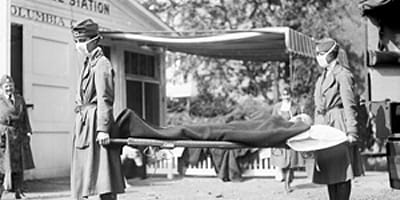stellarfun
Senior Member
- Joined
- Dec 28, 2006
- Messages
- 5,711
- Reaction score
- 1,544
Starting February 2nd, all inbound flights from mainland China will be routed to one of seven airports; Logan isn't one of them. Only two of the airports are on the East Coast: JFK and ATL. Delta, United, and American are suspending all flights to China, Two of the carriers hope to resume operations at the end of March, Delta at the end of April. This disruption in travel routes as a result of this spreading virus has the potential for becoming worse before the situation improves.




